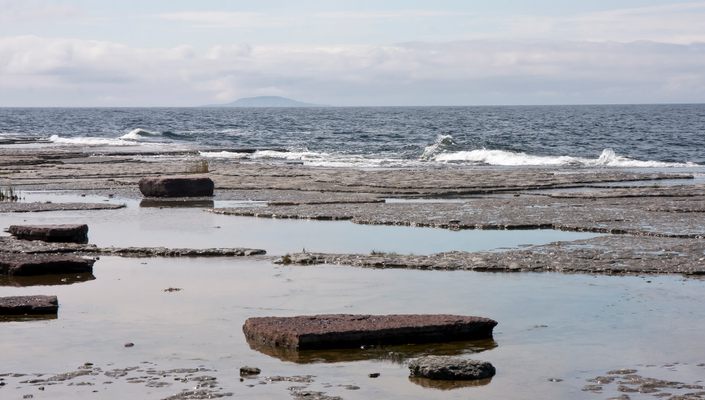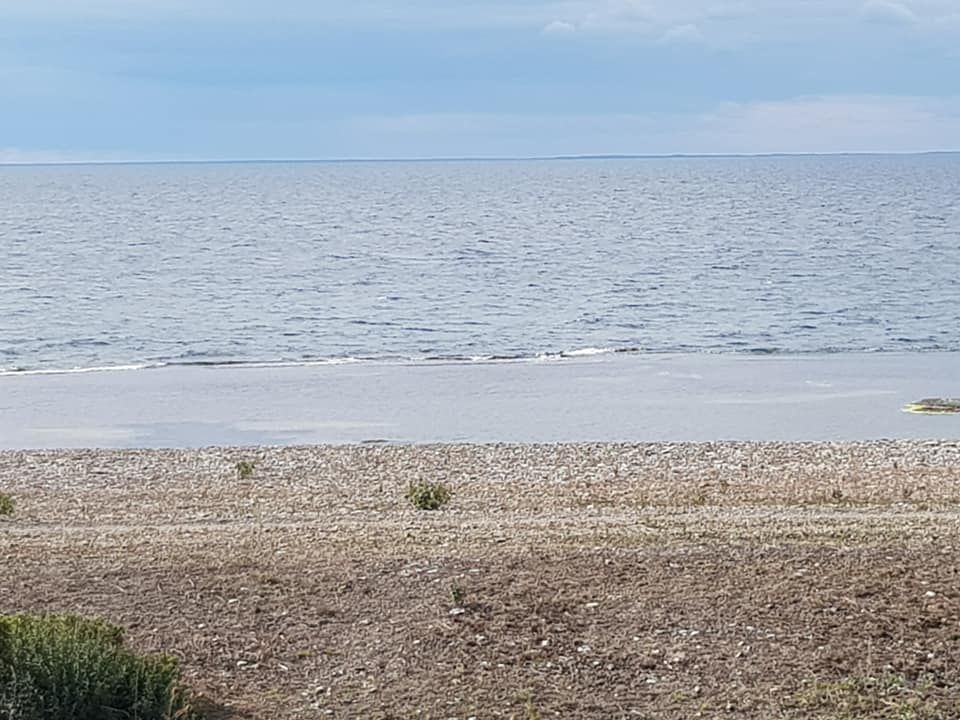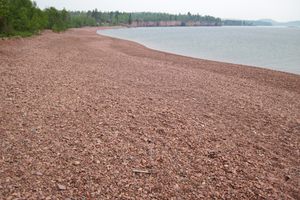About
Along the northwest coast of the island of Öland lies Neptuni Åkrar, Swedish for "Neptune's Fields," a vast shingle beach dotted with unusual limestone rock formations and abutting a Viking-era burial ground.
The pebbles of Neptuni Åkrar were created as a result of stones left behind during the last ice age, which eroded down to their present shape by the waves over the centuries. During summer, the otherwise barren and colorless coast transforms into a sea of brilliant blue, as the viper's bugloss, or blueweed, flowers bloom.
The area was named by the Swedish botanist Carl Linnaeus in 1741 in honor of Neptune, the Roman god of the sea. Today the beautiful alien landscape is a nature reserve featuring several ancient monuments, most notably, the sprawling grave field on the southern border of the reserve.
This ancient burial ground is filled with various cists and cairns, Viking-era graves, stone circles, and a Bronze Age ship-shaped burial mound called the Forgalla Skepp (Forgalla Ship). The beach is also rich with fossils, including numerous trilobite and brachiopod fossils.
Related Tags
Know Before You Go
Neptuni Åkrar is on the coast and therefore likely to be windy. It is also a nature reserve so visitors should respect the area and not litter or take home rocks as souvenirs. It's best to visit in June if you want to see the blueweed blossoms. The pin points to the viking graves at the southern end of Neptuni Åkrar.
Published
April 23, 2019










































